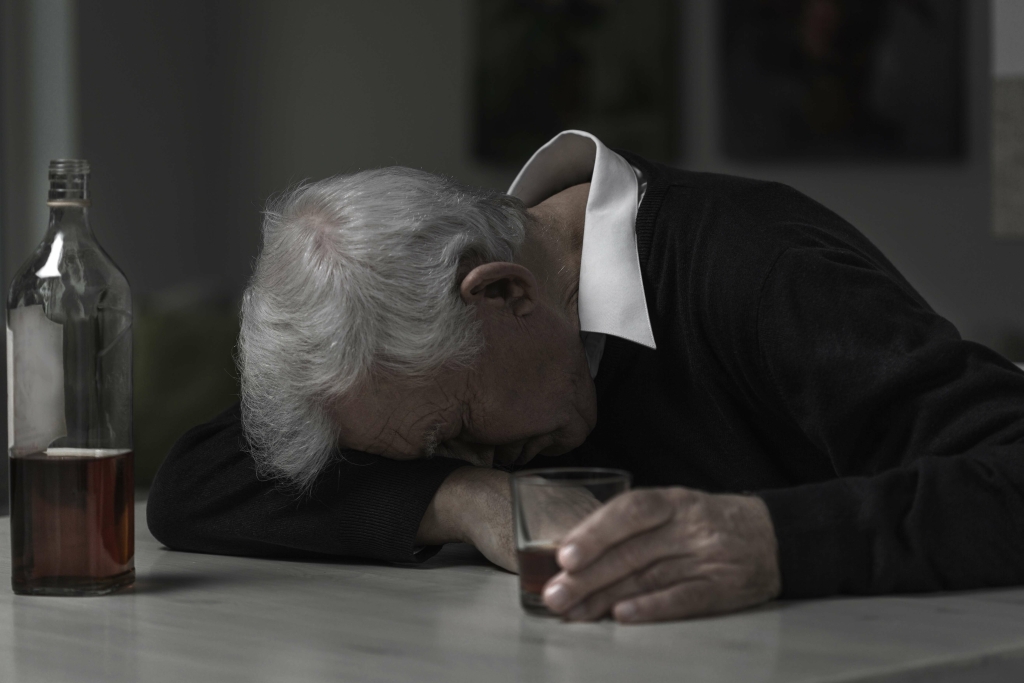Sara Tasnim (ST) and Chantel Tang (CT) drafted the protocol with help from JMW. Both ST and CT independently assessed studies for inclusion or exclusion and assessed the risk of bias of all included studies. According to the published protocol, we intended to include only double‐blind RCTs in this review. Because higher doses of alcohol exert specific pharmacological effects on drinkers, we had a few double‐blind RCTs after the first screening.
If we were not able to get SD from the study authors or calculate SD from the values mentioned above, we imputed SD using the following hierarchy (listed from highest to lowest) (Musini 2014). For multi‐arm trials, if a study reported more than one intervention arm, we identified the relevant intervention arm and included that in the review. If studies reported more than one placebo group, we combined them into a single group when appropriate, using the formulae for combining groups reported in Chapter 7 of the Cochrane Handbook for Systematic Reviews of Interventions (Higgins 2011).
PHARMACOLOGICAL TREATMENT OF ALCOHOL-INDUCED HYPERTENSION
Behavioral treatment programs are helpful for people who want to quit drinking. These programs involve working with a team of mental health professionals in a group and individual setting. Millions of people join support groups to help stop drinking and stay stopped. Studies show support groups play an instrumental role in helping people develop healthy social networks that result in continued sobriety. There are many support options available that can help guide you through alcohol withdrawal, as well as abstaining from alcohol after withdrawal.
- According to the Centers for Disease Control and Prevention (CDC), about 500,000 Americans die annually from hypertension, and excessive alcohol intake is one of the leading causes.
- We classified seven studies as having high risk of bias (Agewall 2000; Bau 2011; Dumont 2010; Fazio 2004; Karatzi 2013; Maufrais 2017; Van De Borne 1997).
- Start by talking to a healthcare provider about the treatment options for alcohol dependence.
PDD adjustment had little impact on the modest increase in blood pressure observed after week 4. A drug developed to treat high blood pressure has unexpected benefits for patients with severe withdrawal symptoms. It’s important to remember that although medical detoxification is the stepping stone for recovery from alcohol, it does not help address the root cause.
Symptoms of Alcohol Withdrawal: Timeline and Signs of Danger
Activities are planned using a process that links identified needs with desired results. Cortisol increases the release of catecholamines, which are chemicals in the body that help regulate many processes and help keep the body functioning as it should. Systolic pressure is the pressure within the arteries of the heart when the heart contracts, and diastolic pressure refers to the lowest pressure in the arteries when the heart is relaxing between contractions. By Sarah Bence, OTR/L
Sarah Bence, OTR/L, is an occupational therapist and freelance writer.

Alcohol withdrawal symptoms generally begin within a few hours after the last drink and last for a week or two. However, the severity of alcohol withdrawal symptoms can vary from one person to another based on factors such as the amount of alcohol consumed, duration of use, abuse of other agents, and the existence of any other psychiatric condition. People experiencing mild to moderate alcohol withdrawal symptoms often receive outpatient care—meaning there is no extended time spent in a hospital or facility.
Characteristics of studies
Here, we provide a review of relevant articles to start the discussion about this important topic. Despite lack of specific guidance, what is clear is that every effort should be made to control blood pressure alcohol lowers blood pressure during the withdrawal period. However, patients with underlying treatment-resistant hypertension may have more difficult-to-control blood pressure, especially in the first 24 hours of withdrawal.
- Two review authors (ST and CT) independently extracted data and assessed the quality of included studies.
- For people at low risk of complications, an office visit to your primary care provider, along with at-home monitoring and virtual office visits, may suffice.
- About 20% of the patients were hypertensive after an 18 day AW, a result similar to the finding of (Aguilera et al., 1999) (∼28% after a 30 day AW).
